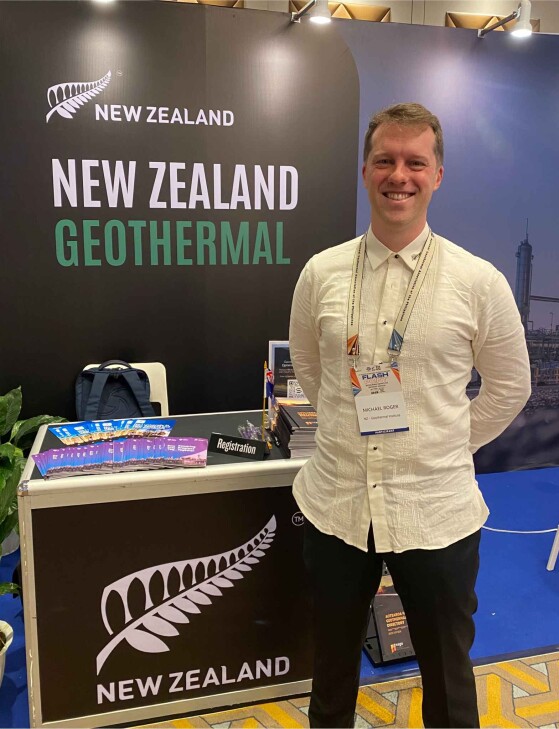Geothermal momentum
In Manila, conversations with government officials, industry leaders, financiers, and Multilateral Development Banks made it clear that there’s strong appetite to accelerate geothermal development and co-create solutions. The Philippines’ plan to double geothermal capacity by 2050 speaks to the country’s ambitions, and the willingness to collaborate with partners like New Zealand is derived from a long history of mutually supportive engagement, strong people-to-people links, and co-discovery of technical solutions to engineering and geoscience challenges.
The following week, in Jakarta, the scale of ambition was just as impressive. Indonesia showcased bold plans to expand development areas, invest in new transmission infrastructure, and launch greenfield exploration projects, building on a natural endowment which equates to one of the largest sub-surface geothermal resources on the planet. Having supported geothermal development in Indonesia for almost 50 years, the team from the Geothermal Institute found themselves reconnecting with senior policymakers, industry executives, and countless proud graduates and alumni from the University of Auckland. These enduring relationships are the backbone of New Zealand’s geothermal legacy and collaborative spirit in both countries. As a result, discussions flowed easily - from the latest subsurface modelling technologies to course selections at the Institute, and even ideas for new joint research and innovation projects.
Partnerships for progress
What struck me most was the palpable interest in New Zealand geothermal expertise, and the reciprocal value we gain through regular engagement in these markets. The New Zealand team contributes deep technical knowledge and experience, but we also learn a tremendous amount from our Southeast Asian colleagues. The common geological potential between our countries make these exchanges especially productive, but it’s the shared desire to harness the heat beneath our feet for a cleaner future that really powers progress.
These missions aren’t just technical showcases. They’re about building trust, sharing insights, and proving that international collaboration can deliver real-world impact. At UniServices, we see our role as a bridge between groundbreaking research and practical solutions. By supporting knowledge exchange and fostering innovative partnerships, we help ensure geothermal development strengthens the global energy transition, in New Zealand, Southeast Asia, and further afield.
NZ Inc abroad
Seeing the full spectrum of New Zealand capability on display, from frontier research to on-site drilling and engineering, reminded me of the power of our ‘NZ Inc.’ approach. When we present ourselves as a connected, collaborative geothermal community, we show that as we export expertise, we’re working alongside our regional partners to tackle shared energy challenges, and cycle challenges and lessons learned in the field into our own approaches. For UniServices and the University, this means staying connected into industry both at home and abroad to ensure we remain abreast of sector trends, feed this into our research and teaching, and continually adapt and grow to remain at the cutting edge of geothermal innovation and, in doing so, create lasting impact.
As the world increasingly looks to geothermal as a reliable, renewable, and non-intermittent energy source, our partnerships in Southeast Asia will be a chance for collective expertise, open collaboration, and shared innovation to scale solutions and strengthening energy resilience. Being part of that journey is humbling and energising, and it’s a reminder that the work we do together today will help shape the sustainable energy systems of tomorrow.
